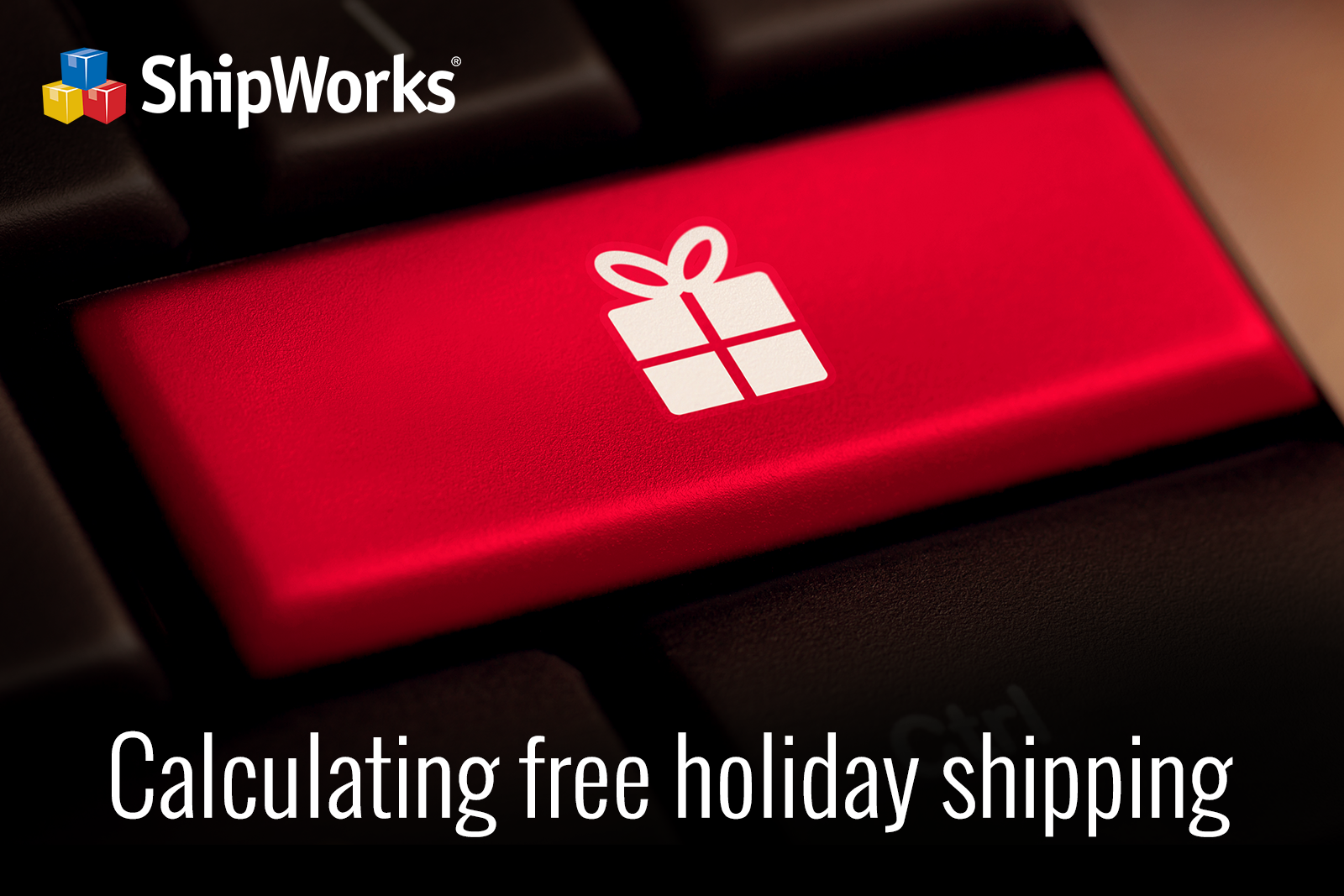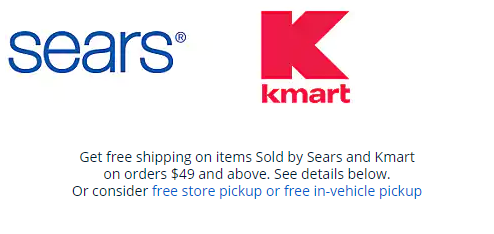How to Calculate Free Shipping into your Holiday Pricing

What do holiday shoppers want this year? Free shipping. According to the National Retail Federation’s annual Holiday Spending Survey, 94 percent of online shoppers plan to take advantage of free shipping. Considering that for the first time in survey history, online is the top shopping destination this year (59 percent), ecommerce retailers stand to gain quite a bit by offering free shipping to holiday shoppers. Wondering how to attract customers without taking a hit? It’s all about developing a free-shipping strategy.
Types of free shipping
There are two main approaches when it comes to free shipping—unconditional and conditional. Unconditional free shipping means you don’t charge customers for shipping, ever. Yes, this could be good for you from a publicity standpoint, but would likely result in profit loss. Nordstrom is one retailer known for its generous shipping policy.
Conditional shipping, on the other hand, is when you offer free shipping on certain conditions. Here are a few real-world examples:
- Minimum threshold—Shoppers qualify for free shipping once they spend a certain amount.

- Seasonal free shipping—Target and Best Buy are among retailers currently offering free shipping for the holidays, with policies clearly defined on their websites:

- Limited-time offer—Gap, which typically offers free shipping with a minimum $50 purchase, recently offered free shipping on all orders during its Friends and Family event.

- Free shipping for certain items—Outdoor outfitter Moosejaw offers a lower free-shipping threshold for shoppers buying Moosejaw-branded swag than customers buying other brands:

Using data
Your goal when offering free shipping should be to increase orders and the average order value (AOV) while also maintaining ROI. With that in mind, use data as a starting point when developing your free shipping strategy instead of arbitrarily picking a dollar amount like $35 or $49 for your minimum threshold.
You want to set the right free-shipping threshold so that later on you’re not adjusting shipping costs or changing the threshold, thus affecting customer trust and loyalty. Set too low of a threshold in relation to your AOV and you might attract more customers, but it will nothing to help your AOV and your business will end up losing money on shipping. Asking customers to spend too much to reach a higher threshold can also hurt your business—yes, your AOV may grow, but you do this at the risk of making customers feel like they’re being taken advantage of.
So, how do you determine the right free-shipping threshold for your customers? Be sure to set it slightly higher than your median AOV—this way you’re giving shoppers a gentle push so they add just one or two more items to their cart, thus increasing the AOV in a way that doesn’t make them think they have to spend too much to qualify for free shipping.
Let’s say your AOV is $27.50. Here’s a breakdown of your corresponding ROI if a customer pays $6.25 for shipping:

For your business to offer free shipping while maintaining ROI, you’d need to set your free-shipping spending threshold at $50.

Shipping rate comparison
When offering free shipping, using the lowest cost carrier option can help you maintain ROI. You’ll also want to keep in mind that an increased AOV might mean shipments need to go out in bigger boxes, driving up costs and potentially triggering a dimensional weight issue that could kill your ROI.
It’s important to have a good grasp of shipping rates across carriers, and ShipWorks is here to help you determine the lowest cost option for any shipment! Our ShipWorks Enterprise program includes a Best Rate feature that allows you to compare rates between multiple providers to find the best carrier rate option for each of your shipments. The data is presented on one screen, so you don’t have to toggle between various web pages and price lists.
Get more information about ShipWorks Enterprise here or by calling 1-877-890-4226 for a free consultation.